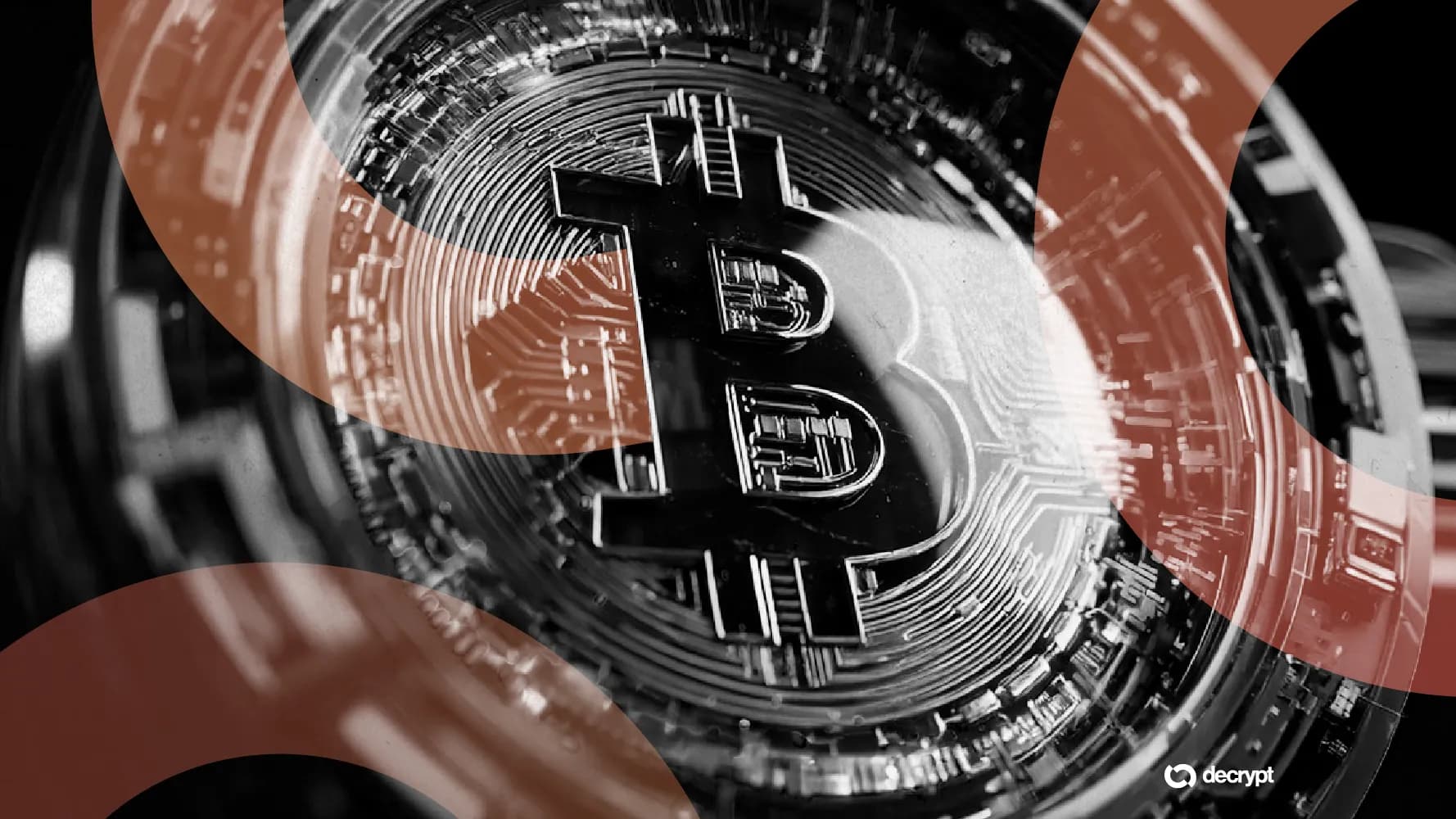What Is Q-Day? The Quantum Threat to Bitcoin Explained

News Summary
While current quantum computers are far too small and unstable to threaten real-world cryptography, significant advances by Google, IBM, and others in 2025 indicate that practical quantum computing is accelerating, posing a potential "Q-Day" threat to Bitcoin. On Q-Day, a sufficiently powerful quantum machine could use Shor's algorithm to crack older Bitcoin addresses with exposed public keys, potentially compromising over $711 billion in vulnerable wallets, including an estimated $100 billion of Satoshi-era coins. A quantum attack would involve forging digital signatures, allowing malicious transactions to be accepted by the Bitcoin network undetected. Upgrading Bitcoin to a post-quantum state will take years due to its decentralized nature and the need for broad consensus. Developers have proposed several solutions, such as BIP-360 and Quantum-Safe Taproot, but widespread coordination is essential. Furthermore, post-quantum signatures are significantly larger, presenting challenges for blockchain storage and transaction fees. The issue of abandoned coins and those with lost private keys, which cannot be actively migrated, presents a complex legal and technical dilemma for the community.
Background
Bitcoin's security relies on elliptic-curve cryptography, with its digital signatures based on the computational difficulty of factoring large numbers and the discrete logarithm problem. Once a public key is exposed (e.g., after a transaction or in older wallet formats), a future quantum computer could theoretically derive the private key from the public key using Shor's algorithm. Shor's algorithm, developed in 1994 by mathematician Peter Shor, can solve these mathematical problems far more efficiently than classical computers. In 2025, the field of quantum computing saw breakthrough advancements, with giants like Google, IBM, Microsoft, and NIST achieving milestones in increasing qubit count, reducing error rates, and extending coherence times. IBM, in particular, set targets for fault-tolerant quantum systems by 2029, significantly elevating the potential for quantum threats to move from theoretical to practical reality.
In-Depth AI Insights
Does Bitcoin's decentralized strength become a weakness when facing a quantum threat? Yes, while decentralization is foundational to Bitcoin, it creates significant path dependencies and coordination challenges for large-scale protocol upgrades. This could indeed turn into a weakness: - Slow Consensus Formation: Any major protocol change, such as introducing post-quantum signatures, requires broad consensus among miners, developers, and users, which is typically a lengthy and contentious process. - Legacy Asset Risk: A large volume of unmanaged or lost Bitcoin (including Satoshi's coins) cannot be actively migrated to quantum-safe addresses, leaving them defenseless against quantum attacks and representing a massive potential wealth loss. - Incentive for Inaction: As long as the quantum threat is not fully realized, there may be a tendency within the community to defer expensive and complex upgrades, as post-quantum signatures would lead to larger transaction sizes and higher fees, impacting network efficiency. What are the broader implications of the quantum threat for the cryptocurrency market? If Bitcoin were to face a quantum attack, the repercussions would extend far beyond a single cryptocurrency, potentially triggering widespread market instability and a crisis of investor confidence: - Trust Crisis: The compromise of Bitcoin, as the crypto world's "digital gold," would severely erode investor trust in the underlying security mechanisms of all cryptocurrencies, potentially leading to a massive sell-off and market collapse. - Regulatory Scrutiny: Governments and regulatory bodies might seize this opportunity to increase oversight of cryptocurrencies, potentially even pushing for more centralized solutions to address perceived "systemic risks." - Accelerated Technological Paradigm Shift: This would force the entire crypto ecosystem to rapidly adopt post-quantum cryptography (PQC) solutions, stimulating investment in related R&D and deployment, while chains unable to adapt quickly would face obsolescence. How would the Trump administration likely respond to "Q-Day" and its potential impact on financial stability? Given the Trump administration's inclination towards national security and economic stability, coupled with a cautious stance on digital assets, the "Q-Day" threat would likely prompt a multi-faceted intervention: - National Security Priority: Recognizing the military and intelligence potential of quantum computing, and its threat to financial infrastructure, the government would likely elevate quantum security to a national security priority, pushing federal agencies (like NIST) to accelerate PQC standard development and adoption. - Financial Market Intervention: If "Q-Day" led to a Bitcoin crash and broader financial market panic, the Trump administration might consider emergency measures to stabilize markets, potentially coordinating with G7 or G20 nations, and possibly even intervening in crypto markets to limit losses, despite the unprecedented nature of such an intervention. - Private Sector Collaboration: The government would likely incentivize investment and collaboration in quantum-safe technologies among U.S. tech companies and financial institutions through tax breaks, R&D grants, and other means, to ensure U.S. leadership and financial resilience in the post-quantum era.